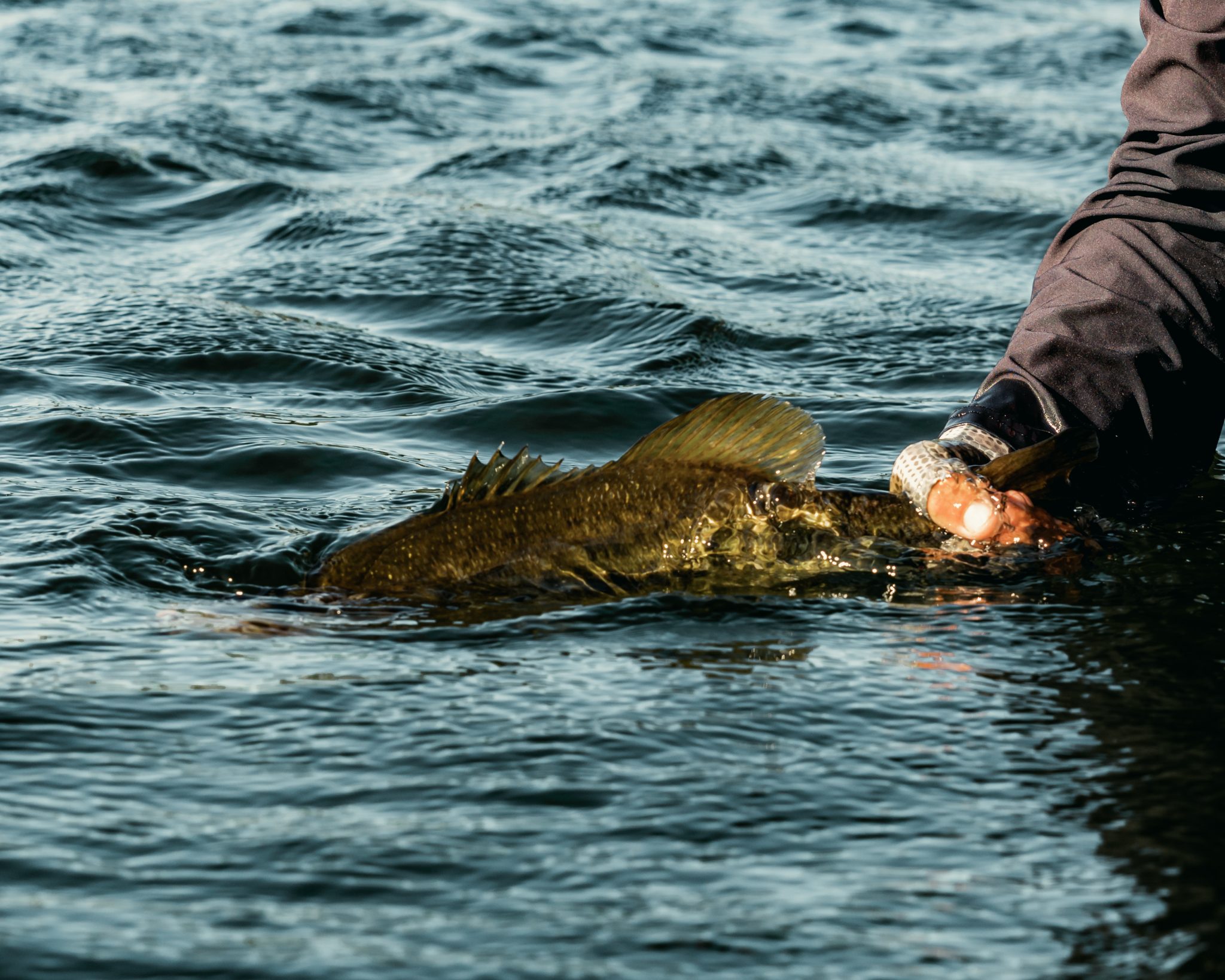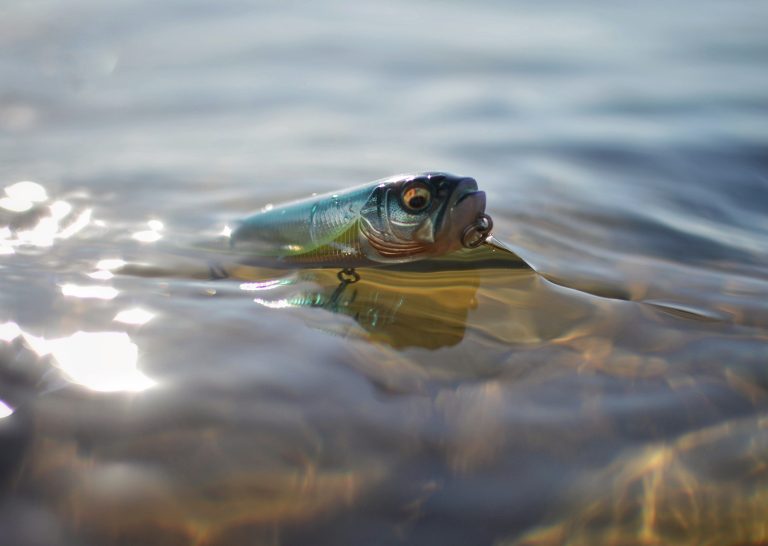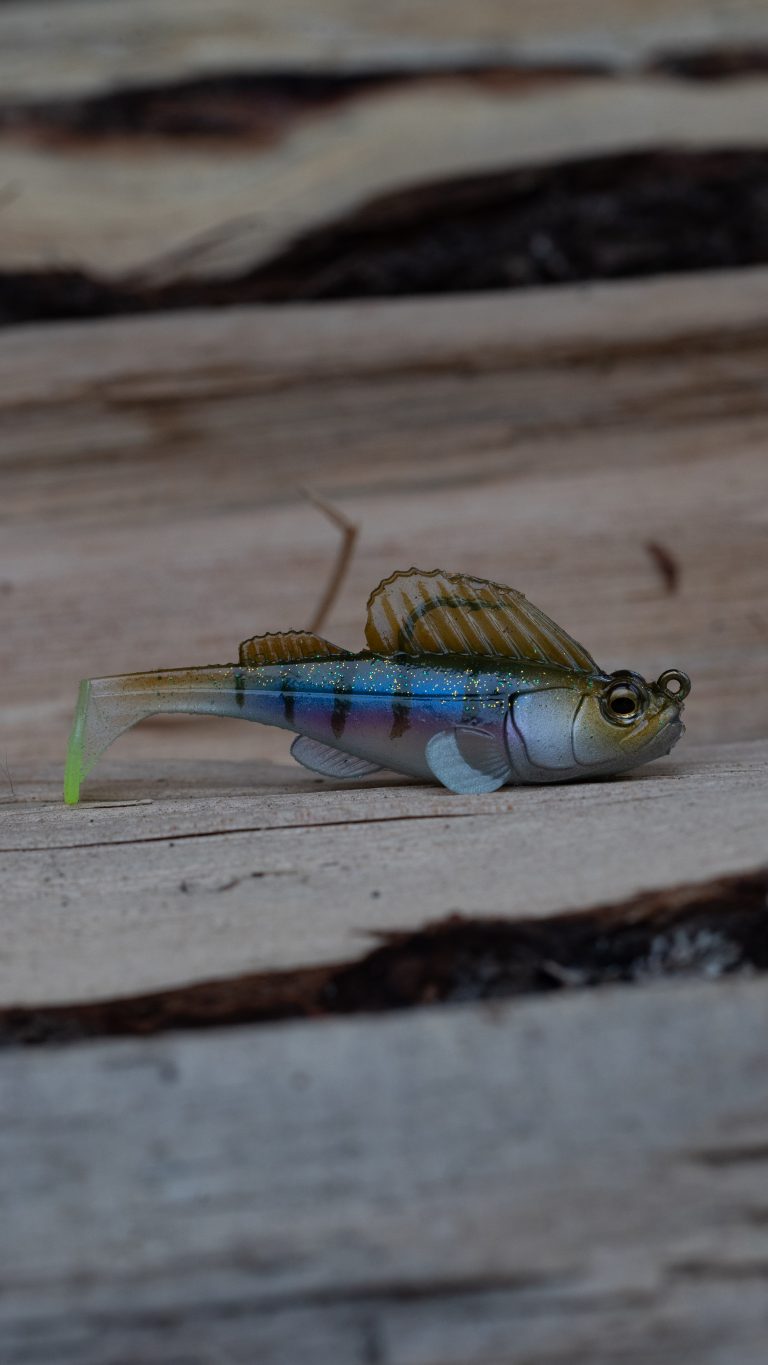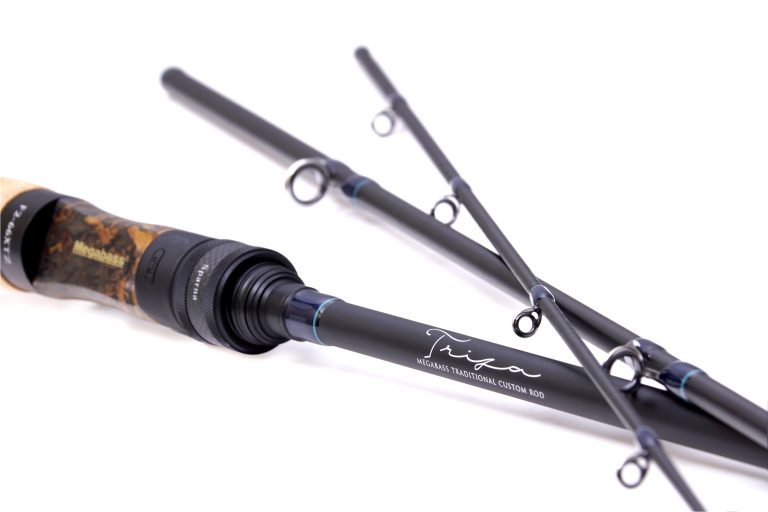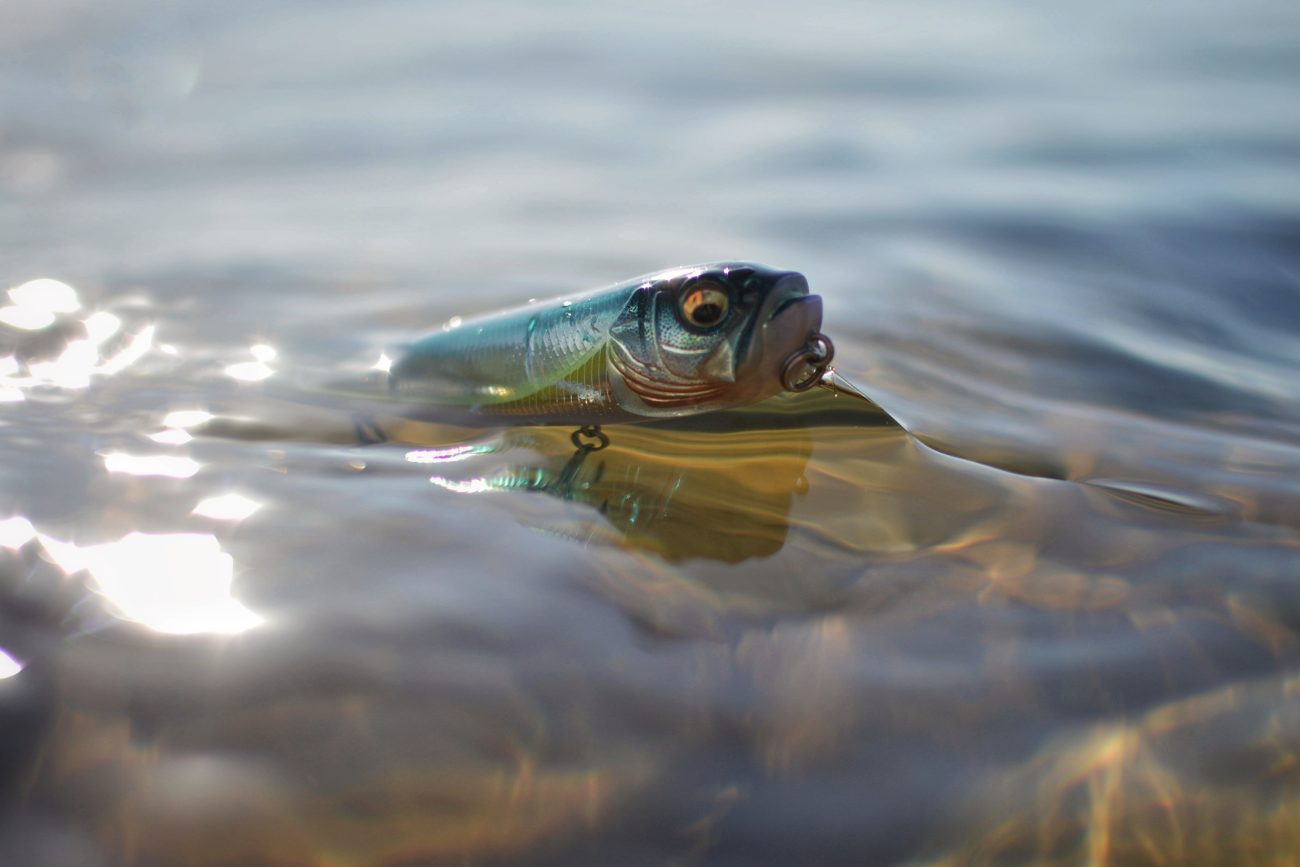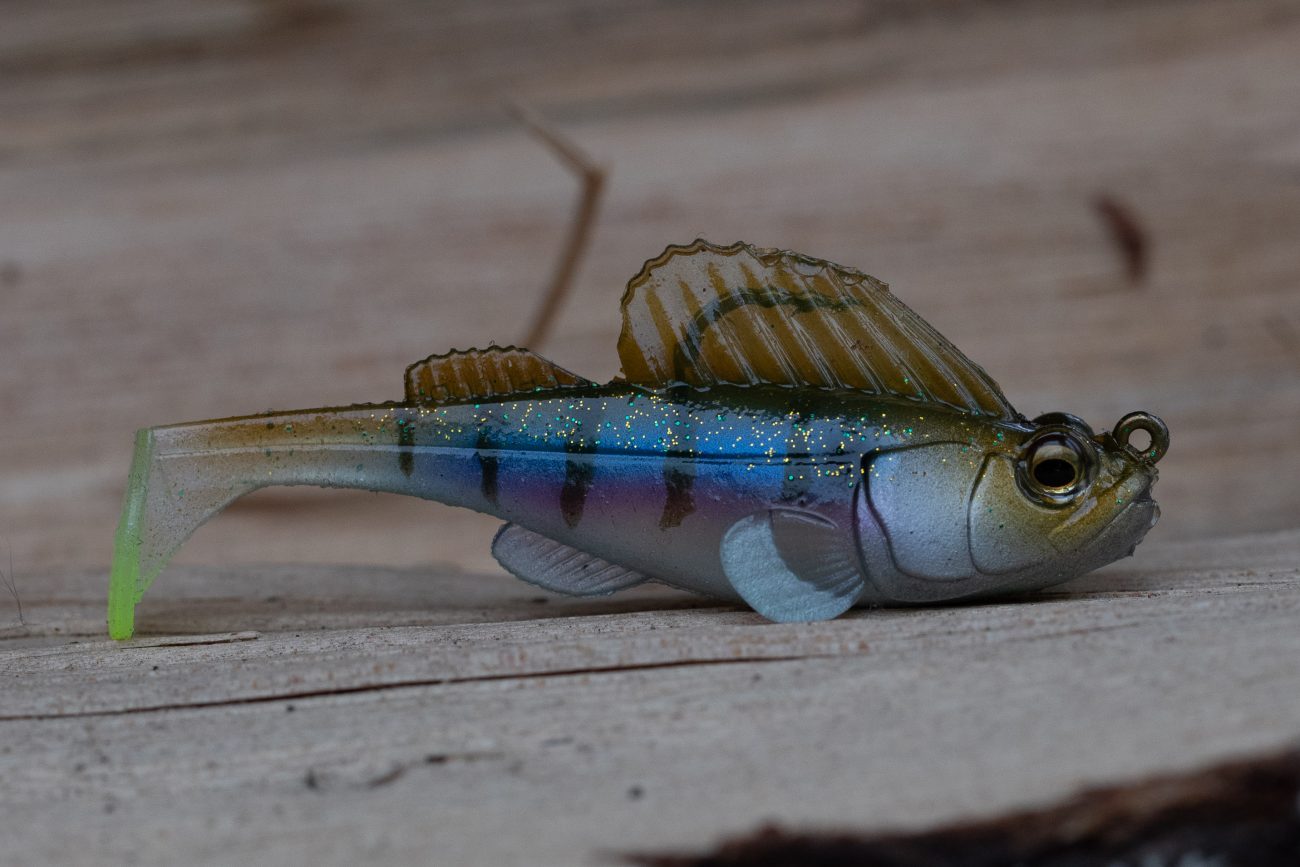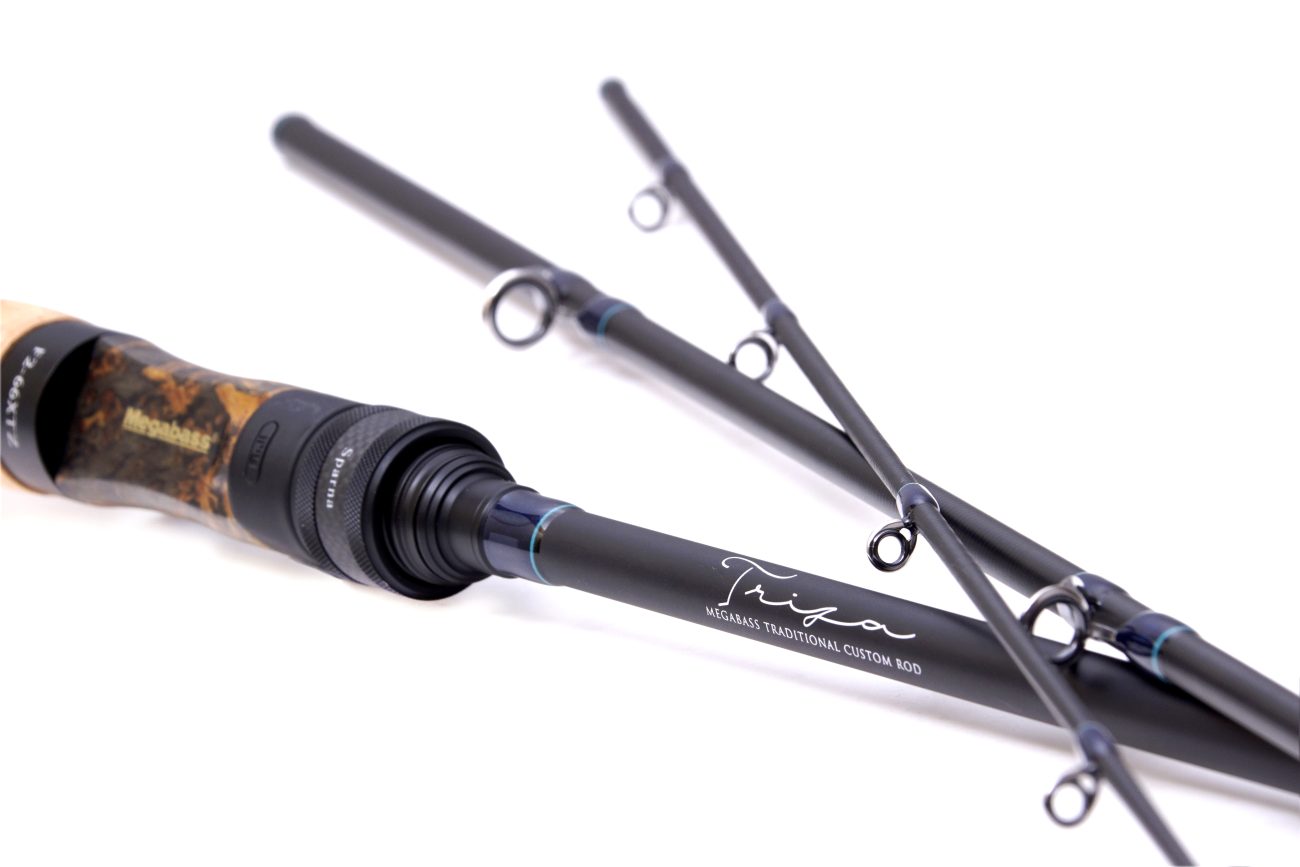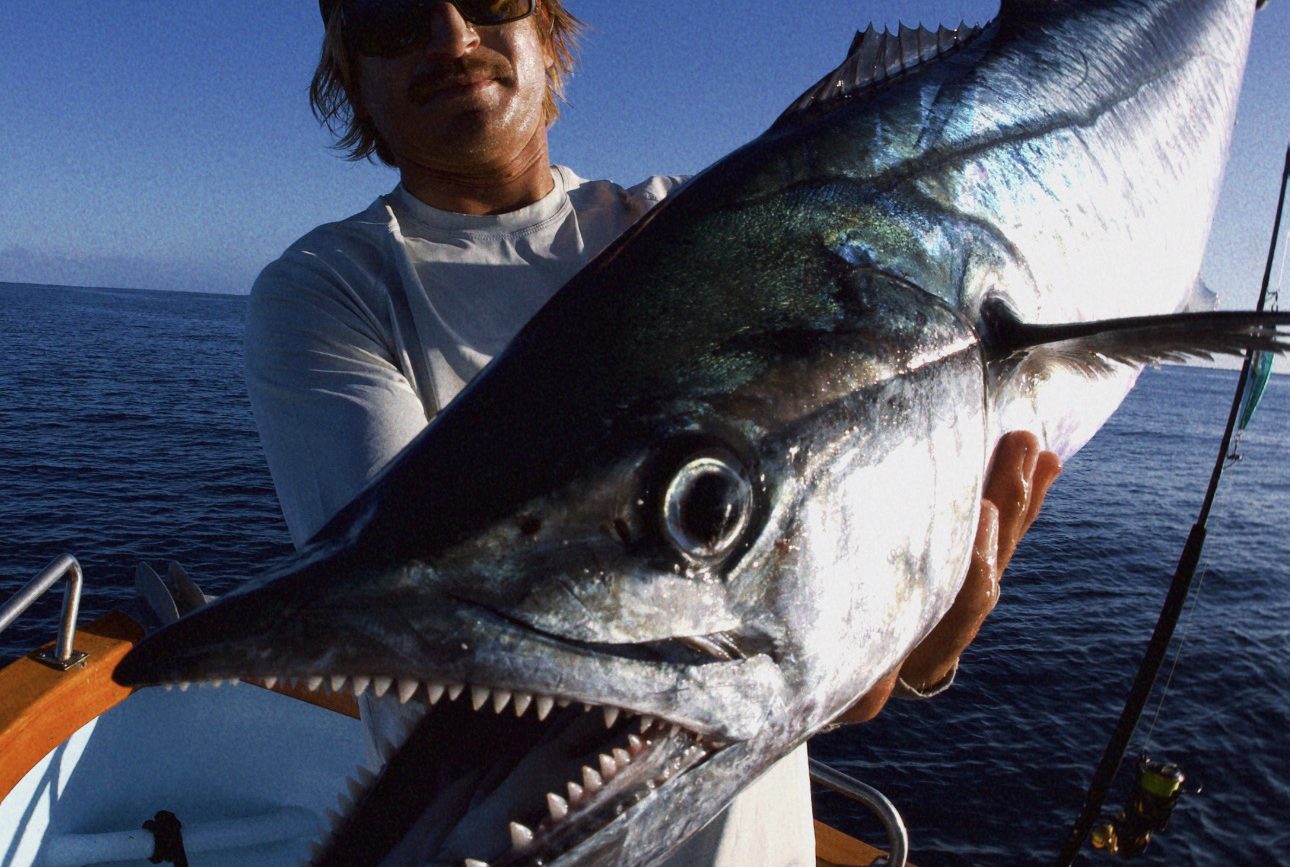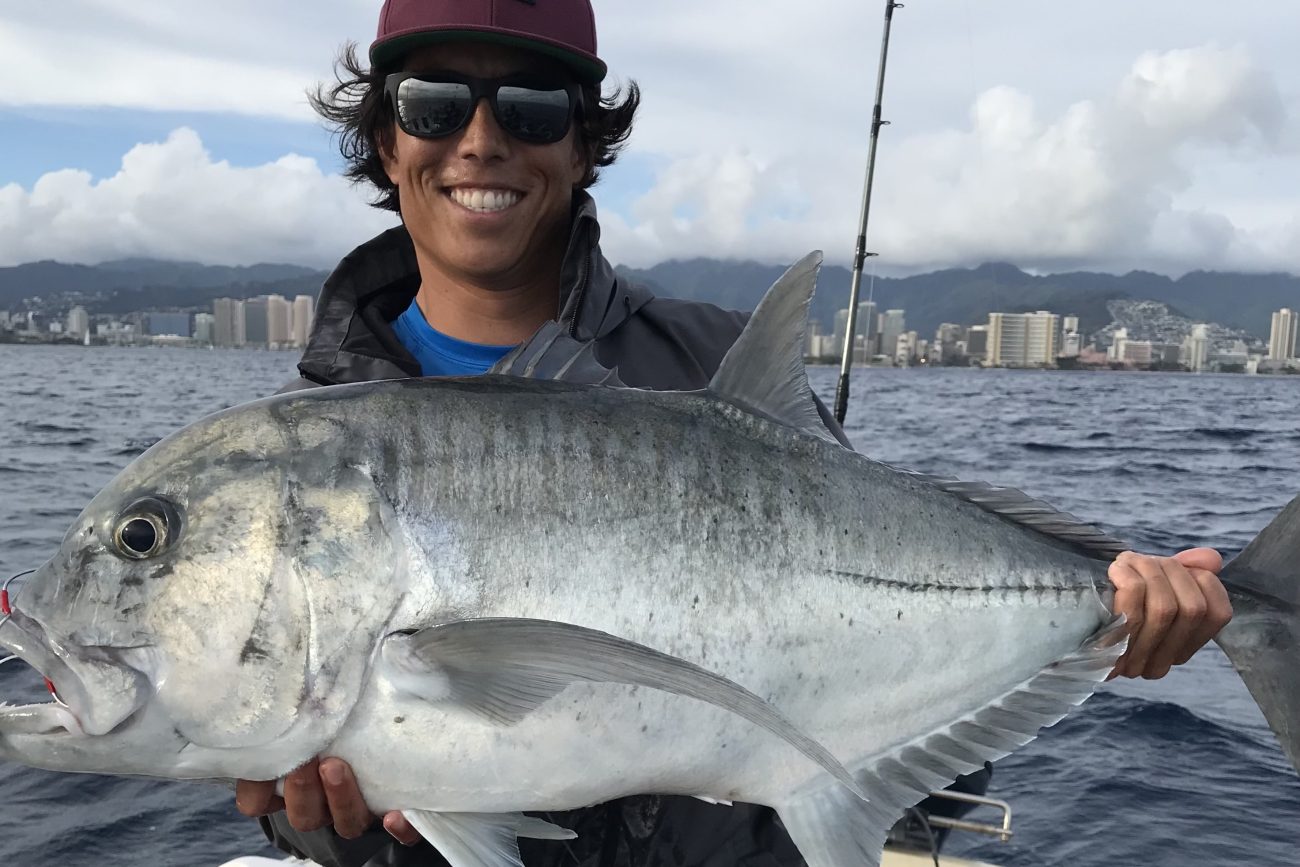
From Island Shores to Elite Series: Matty Wong’s Fishing Evolution
Bassmaster Elite Series sophomore Matty Wong grew up in Hawaii, surrounded by saltwater and its massive denizens – the famous marlin of Kona, ample populations of mahi, and ahi tuna galore. Despite those sea-based riches, he eventually found himself gravitating to bass. Unlike its other late-to-the-Union partner, Alaska, Hawaii does have largemouths, smallmouths and even peacock bass, but chasing any of them is a pastime or obsession more closely associated with the Lower 48.
A Multispecies Upbringing That Shaped a Bass Pro
“I had different chapters in my fishing education,” he said. “For a year or two I’d spend all my time on the lakes, or on the ocean. Whatever I felt was most challenging, whatever was more difficult. Once I dialed it in, I didn’t lose interest, but I wanted to feel challenged again.”
That led him to Lake Wilson and the islands’ small streams, targeting shallow water ambush predators, and eventually down the road to life as a Bassmaster Classic qualifier and Elite Series competitor. Looking back, though, he never really lost his multispecies interests or the education they’d given him. Indeed, the at time stingy bass fishing also made him appreciate the places where he now competes.
“In saltwater, the inshore bonefish were extremely hard to catch on artificials,” he recalled. “But that wasn’t the only tough thing. Targeting largemouths in Hawaii is actually really difficult. You can’t just go down the bank and catch them. You end up catching mostly peacocks. I had to work on dialing in certain subtleties, and even then they would completely elude you for weeks on end. Maybe if you were lucky you’d catch one or two.”
Applying Saltwater Lessons to Bass Tactics
That’s where he applied the salt-based lessons to his vocation. “Whether it’s a color change or a timing thing, it works across species,” he said. “I’ve taken my experiences fishing for Giant Trevally and brought them to my swimbait fishing – mostly moon phases and feeding cycles. I learned that whenever you have a moon rise it’s important to be fishing high probability areas the half hour before the rise and the first hour it is moving up. There are also two other feeding windows during the moon phases – sometimes when it’s directly overhead and when it’s falling past the horizon. Those lunar moment are an undeniable draw when fish just want to feed.”
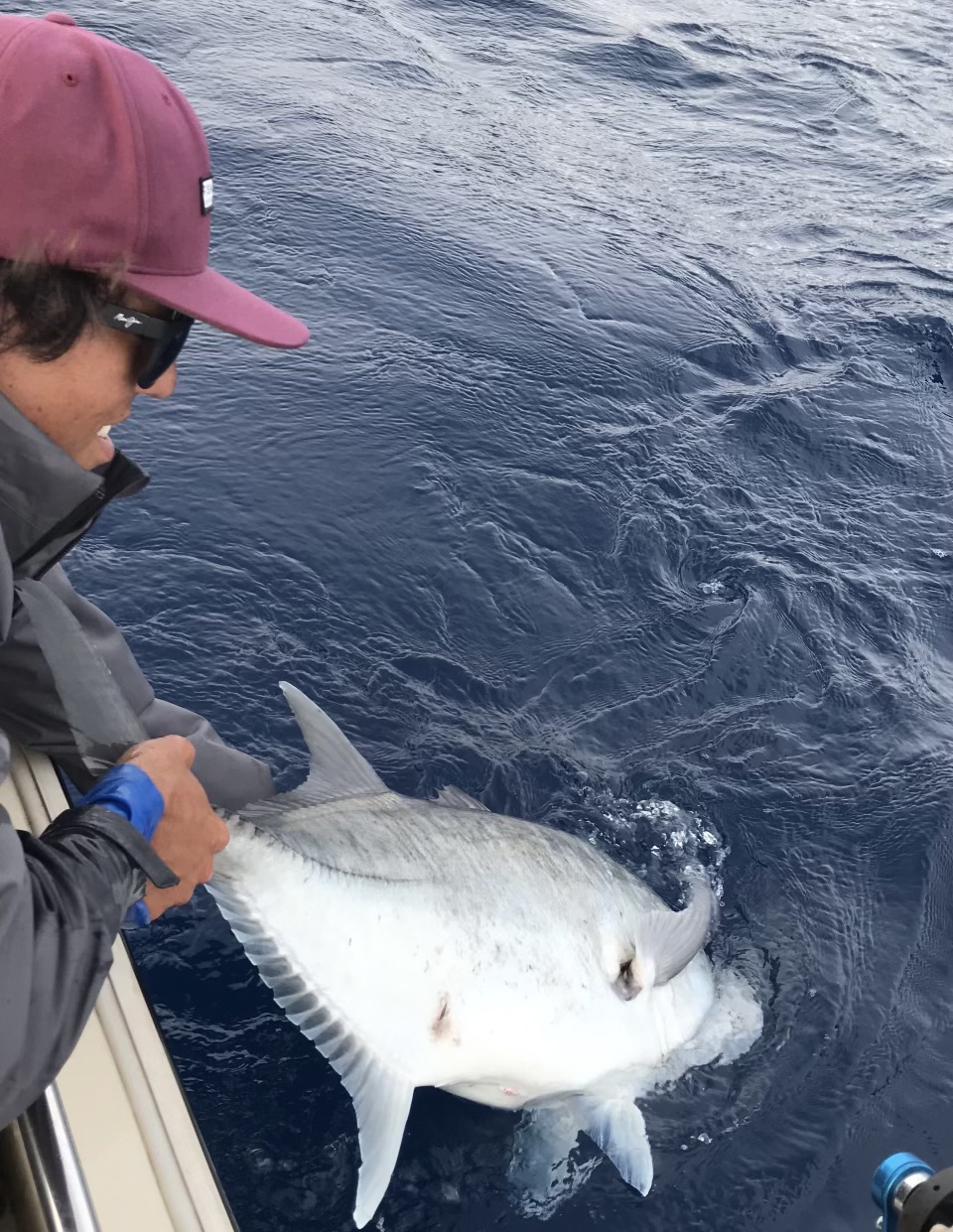
Similar lessons came in the way both species spawn, because even though GTs are broadcast spawners who won’t feed at all during the process, and bass are bedding breeders who can be agitated, “they both spawn around the full moon, and both want to feed up again right after.”
When Gear Matters: From Wire Leaders to Heavy Hooks
The instruction extended to tackle as well – by using wire leader for trevally he learned that “If fish are fixated, they’re fixated on the target and won’t get line shy.” While he’s had great success in certain Elite tournaments using finesse gear and light fluorocarbon, he knows that at other times he can use stouter tackle to muscle fish in. That’s critical with trevally, as well as big bass, because they have a knack for cutting you off.
“We fished mostly from shore, and they had a million different plays,” he said. “You have one play. You have to keep them from getting down in a cave or wrapping you up on a coral head. There may only be one angle to get them. It comes down to knowing the lay of the land, where the obstacles are, and how to direct the fish.”
That led to more swimbaiting discoveries, particularly how to make sure that the giants that engulf them end up in the boat.
Mastering Swimbaits: Guiding Giants to the Boat
“It’s all about learning how to guide a fish,” he explained. “They have a lot of weight to them, which means they can throw the swimbait, so once you connect you have to keep them coming in that direct, the most favorable direction to land them. You don’t want too many directional changes.” Because at least some directional changes are likely, he’s learned to turn the tide in his favor, using larger baits – often the same ones for both big largemouths and big trevally, like the Megadog with rotating hook hangers.
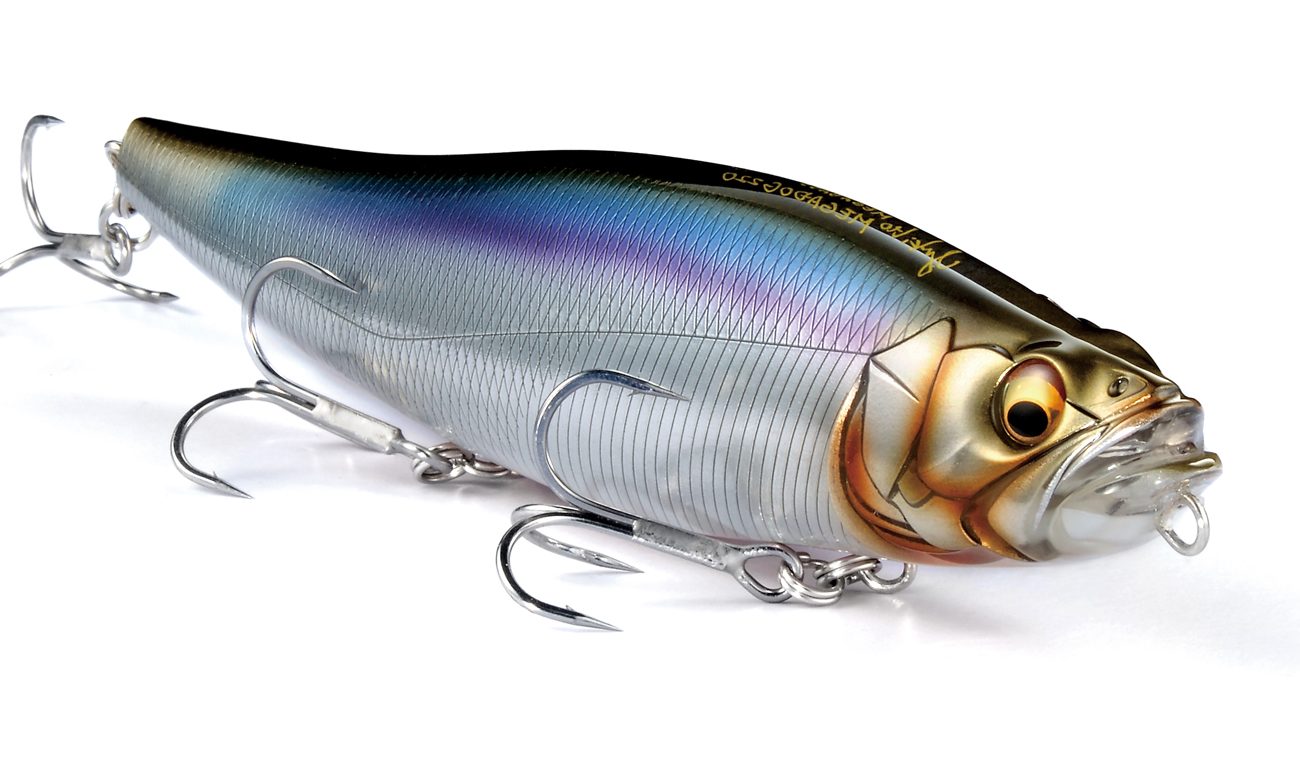
What Wong found most riveting about fishing for GTs – known locally as “ulua,” one of the islands’ most revered and iconic species – is that it wasn’t a destination, but a journey. On the Big Island or Kauai, it wasn’t unreasonable to put in ample time and expect a trophy, perhaps even join the “100 pound club,” but on the populated shores of Oahu that would make you “near legendary.”
“My biggest one I’ve ever caught was 50 pounds,” Wong said. “They’re the most sought-after fish, but they’re extremely difficult, especially shore casting.”
The Timing Puzzle: Predicting the Bite Down to the Minute
While the amount of shoreline available was, of course, limited, with locals claiming and staking out key structural areas, that too taught him the importance of patience, and perhaps more importantly, of timing.
“Both ulua and bass, once you locate them, they can be fairly easy to catch,” he said. “When I was dialed in, I could tell you the approximate time the ulua school was coming around a certain point, down to the tide and moon. I’ve had a few similar instances dialing in the swimbait bite for bass, down to the minute, using shade line, wind-blown current and other factors. The puzzle of trying to locate them is probably the hardest part, and then it becomes a matter of the technique or techniques we use to get them to eat.”
For Wong, the other thing that both fish share is the rush involved when the last piece of the puzzle snaps into places.
Risk, Reward, and the Drive to Solve the Puzzle
“When you’re trying to land an ulua at 2am off of a 20 foot cliff into surging water there’s a feeling of heightened intensity due to the risk of death,” he said. “In bass fishing we don’t have that, but we do have the same high risk, high reward scenarios that require split second decisions. What makes bass fishing so fun is the whole process. It’s frustrating when you know that someone else is catching a 25 pound bag and you’re struggling to catch two fish. You want to be the guy who figured them out. You want to be ahead of the curve – where they’re going, when they’re coming, what they’re feeding on, and when the keys windows are going to open.”
